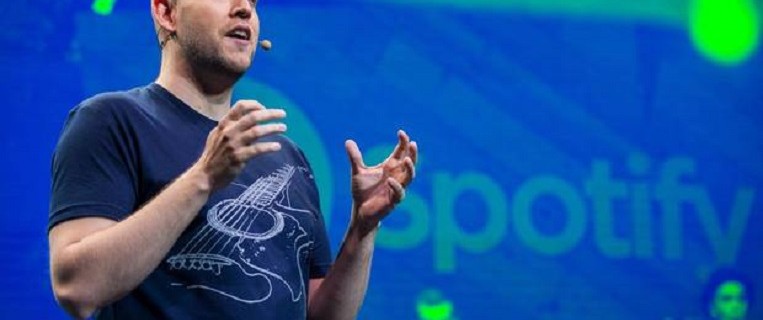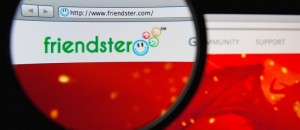Global music-streaming leader Spotify is adding video and customizable features to draw in more users and ad revenue as competitors such as Jay-Z's high-fidelity Tidal and a rumoured forthcoming streaming product from Apple Inc. threaten to steal its market share.
The service is revising its user experience, doubling down on mobile and adding numerous features to keep users in its app for more than just music. Some features, such as playlists curated to taste for different times of the day, are aimed at people who use the service for musical discovery; others, such as in-app streaming video and audio from partners such as ESPN and Vice, are designed to keep people using Spotify when they're tired of tunes.
At a news conference in New York Wednesday morning that was broadcast online, Spotify chief executive Daniel Ek said the company already has half the global music streaming market share. The new features, he told the crowd, are all about “creating a true soundtrack for your life” as streaming services converge with the previously separate worlds of broadcast and owned music.
Streaming music now represents more than $1-billion (u.s.) of the floundering $15-billion global recording industry, compensating for declining physical and download sales. Spotify's new features are a bet that it can be a one-stop portal for music and video online, stealing market share not just from traditional subscription competitors such as Rdio and Deezer, but from content giants such as Google Inc.'s YouTube and Apple's iTunes.
Spotify has 60 million users worldwide, and offers both a free, ad-supported tier and a $10-monthly all-access tier, which accounts for a quarter of its user base. The new features are an investment that could bring more users to both tiers. (Spotify did not announce any price changes Wednesday.)
The new, highly customizable Spotify “Now experience” features are targeted largely to mobile users, and include playlists targeted to users based on time of day. They will be able to swipe through audio and video content, including songs and clips from television, podcasts and news partners, at will. Over time, Spotify's vice-president of user experience Rochelle King said Wednesday, playlists will keep track of listening habits and adjust to them. There's also a new feature that can detect the user's running pace and select songs to match the tempo.
Data gleaned from the new services, Mr. Ek said, will help Spotify sell targeted ads more precisely.
Mark Mulligan, a music analyst who recently wrote a book on digital changes in the music industry, said in an interview that the content expansion is both a boost to Spotify's value proposition and reassurance for the company's investors in the face of increasing competition.
Music licensing is expensive and complicated, and audio advertising is small potatoes – but Mr. Mulligan said acquisition costs for programming like Vice news hits are simpler, and video advertising a more proven revenue generator. “This is a way they could potentially create a viable advertising business, as opposed to the one they're struggling with,” he said.
Breaking into video, said Paul Verna, a senior analyst at the research firm eMarketer, is a “logical extension” of Spotify's business. He, too, pointed out the tight margins that come with music-licensing costs. “I don't think Spotify or any music service will get far with just music streaming.” he said. “The video market is a lot bigger than the audio market in terms of advertising dollars.”
While the video market is dominated by YouTube, Mr. Verna said, Spotify doesn't need to own the market to reap its benefits. “Video is such a broad market that you can carve out niches in it and still have a huge business,” he said.
None of the world's major streaming-focused music services has declared a sustainable profit. While Spotify is a private company and does not report its results, British newspaper The Guardian reported earlier this month that despite year-over-year revenue growth of 45 per cent in 2014, the company still posted a loss. The company has long said that its business model would be profitable at a greater scale; its new user experience, as a content portal, is a clear effort to increase its user base.
Paid users are crucial if the company is to cruise into the black, but the $120-a-year price tag is seen by many casual listeners as too high. Typically, those who pay are hard-core fans who want unlimited access to the service's 30 million songs. The new features are an olive branch to more casual users – a way to persuade them to pay for the convenience of customization.
Read more: Faced with heightened competition, Spotify adds video streaming






